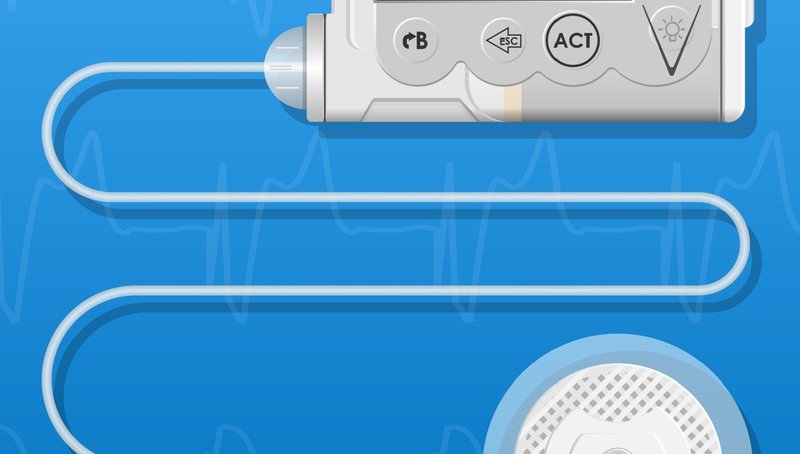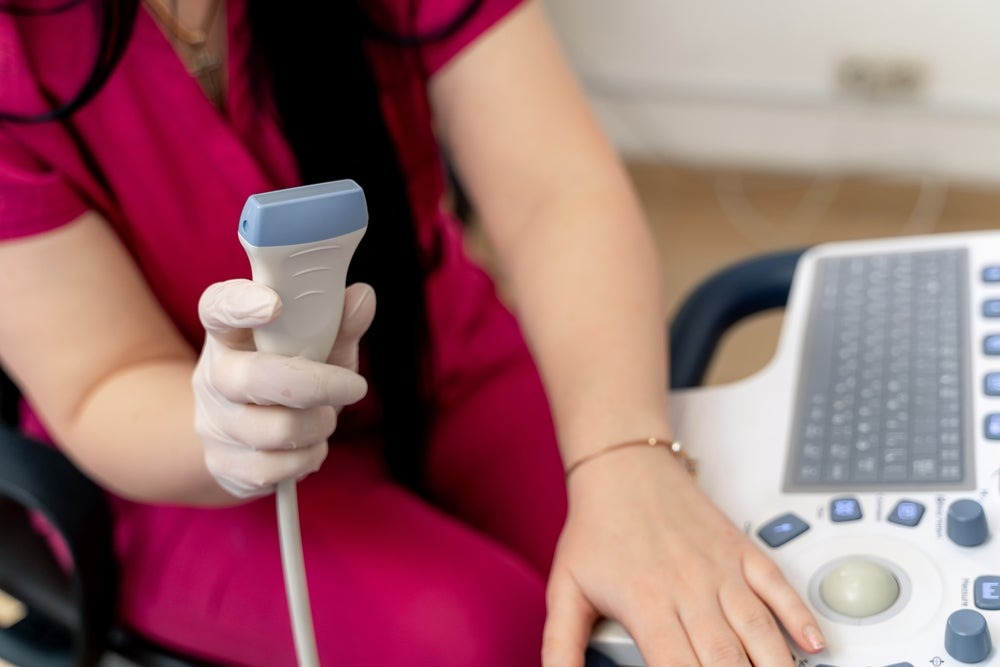Comment
Will GLP-1 medications affect the high-growth diabetic devices market?
While GlobalData does not foresee a short-term risk from GLP-1 medications, long-term impacts appear gloomy.

Credit: Terelyuk/Shutterstock
The market size and growth of GLP-1 [glocogen-like peptide-1] medications have been significant in recent years. GlobalData estimates that the GLP-1 market for weight management may reach $100 billion by 2030. GLP-1 medications could potentially compete with advanced diabetic devices, including continuous glucose monitoring (CGM) systems and insulin pumps, and reduce sales of those products.
The insulin pumps and CGM market was valued at $11.3 billion in 2023. The market will reach sales of $20.9 billion by 2033, growing at a compound annual growth rate of 6.3% over the period, according to GlobalData forecasts.
GLP-1 medications, also known as glucagon-like peptide 1 receptor agonists, have been shown to be effective in treating obesity and type 2 diabetes by enhancing feelings of fullness (satiety) and suppressing appetite. Medicines such as Ozempic or Wegovy are considered an effective treatment option for patients with obesity and type 2 diabetes. CGM leaders such as Abbott and DexCom maintain positive outlooks.
CGM can help people modify their dietary habits
CGM represents a complementary tool for people with GLP-1 medications to manage their conditions. CGM can help people modify dietary habits to reach wellness and weight loss goals, and the popularity of GLP-1 medications may expand the CGM application to weight management. The market boom has been reflected in the sales figures. Abbott’s FreeStyle Libre sales increased 25.5% to $1.4 billion in Q4 2023. Similarly, Dexcom’s revenue grew 27% to $1.03 billion in the same period.
While GlobalData does not foresee a significant risk from GLP-1 medications on the insulin pump market in the short term, the long-term impacts appear somewhat gloomy. The target users of insulin pumps are insulin-dependent patients: GLP-1 medications can help to improve blood sugar control and reduce the need for additional insulin in patients with type 2 diabetes. It can also delay the need for insulin and limit progression for patients with type 2 diabetes who have not taken insulin yet. However, as the device penetration of insulin pumps is less than 1% of type 2 diabetes patients, according to GlobalData, the overall impact seems to be more moderate.
The mine’s concentrator can produce around 240,000 tonnes of ore, including around 26,500 tonnes of rare earth oxides.
Gavin John Lockyer, CEO of Arafura Resources
Total annual production


Caption. Credit:
The mine’s concentrator can produce around 240,000 tonnes of ore, including around 26,500 tonnes of rare earth oxides. As mining processes improve and the facility begins to push towards this output maximum, this could prove to be a source of rare earths on a much larger scale than many of the high-potential, yet unproven, exploration-stage projects in the country.
While China’s rare earth production remains orders of magnitude greater than Australia’s, large-scale and well-established projects such as the Mountt Weld facility could be Australia’s best chance to threaten Chinese rare earth production on a large scale.
$345m: Lynas Rare Earth's planned investment into Mount Weld.

Phillip Day. Credit: Scotgold Resources

Caption. Credit: